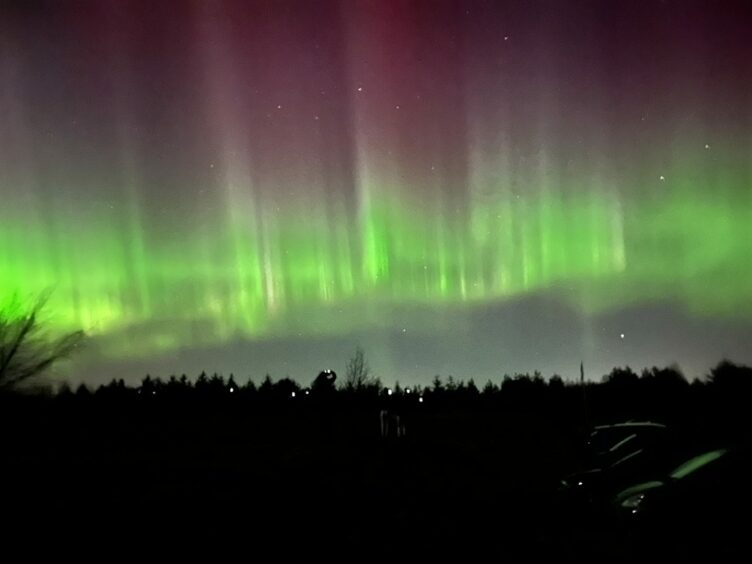
It’s a scheme which is in operation in myriad European countries, with cities such as Barcelona, Rome and Paris among those who have not suffered from the introduction of a visitor levy to charge tourists a little extra.
These taxes are usually small fees, which are levied indirectly through accommodation providers or holiday companies, and typically aimed at overnight visitors.
So you might have supposed that Scotland would be capable of creating a system of its own to raise investment through those who travel to the Edinburgh Fringe, Up Helly A’, the Mod and Belladrum and search for a glimpse of the Loch Ness Monster.
Indeed, such a proposal is already going through the consultative stages at Holyrood and, if or when it comes into effect, the Visitor Levy (Scotland) Bill will allow councils to tax accommodation such as hotels, B&Bs and holiday lets, with the charge based on a percentage of the accommodation cost, with every rate left to individual councils.
Yet, while the venture is only in its early stages, the Press and Journal has discovered significant disquiet and anger about how the already beleaguered tourist sector could be affected by yet another strain on its finances – and we’ve learned there are major reservations about some of the recommendations in the legislation.
The Bill was introduced in May by the Scottish Parliament’s Local Government, Housing and Planning Committee and has quickly provoked calls for more clarity.
If it becomes law, it will grant councils the power to apply a levy on stays in overnight accommodation, based on a percentage of the accommodation cost.
All money raised would have to be reinvested locally on facilities and services substantially for, or used by, visitors, as a means of both enhancing the tourist experience and benefitting local communities and their economies.
The devil is in the detail
Committee convener Ariane Burgess, a Moray-based Green MSP, said: “The Bill provides a framework for local authorities to decide how money raised should be spent within local communities, how flexible they can be with where and when the levy would apply, and whether certain exemptions should apply.”
But, although the idea has struck a chord with the likes of Highland Council, which has expressed enthusiasm about using any investment generated to bolster its tourism appeal in the future, there are others who fear it could go down the same muddled, messy path as the much-derided deposit return scheme.
Scottish Conservative Murdo Fraser MSP said: “Trying to hit struggling businesses with yet another burdensome tax surely flies in the face of Humza Yousaf’s pledge to reset the SNP Government’s relationship with Scottish businesses.
“Whilst other countries do operate visitor levies, these will not be additional to the level of taxes such as VAT and business rates paid by businesses here.
“Many of the businesses in the tourism sector in Scotland are already facing higher taxes than their counterparts in the rest of the United Kingdom, due to the SNP’s failure to pass on the 75% rates relief granted by the Treasury to retail, hospitality and leisure enterprises down south.
“With the majority of respondents to the SNP’s own consultation [which lasts until September 15] opposed to this new tax, ministers must listen. However, SNP ministers showed their hostility to businesses by inviting the extremist anti-growth Greens into government and making Scotland the highest-taxed part of the UK.”
For his part, the Scottish Government’s Public Finance Minister, Tom Arthur, countered: “Scotland is already a very popular tourist destination and the domestic and international visitors whom we welcome every year have a significant and positive impact on the Scottish economy.
“Giving councils the power to introduce a visitor levy is one tool that will provide additional resources to continue to attract visitors to Scotland.
“Levies on visitors staying in paid-for accommodation are already used around the world and it is reasonable for local areas to want a small contribution from tourists to help support and sustain visitor economies.”
But the scheme is discretionary
Yet there could be confusion and contradictions built into the mainframe. Not least in how long it could take for any council to actually have the policy up and running and how – considering it is discretionary – hotel chains, for instance, may have to adapt their systems to different systems from one area to another just a few miles away.
The Scottish Government confirmed: “Before a visitor levy could be introduced, a local authority will be required to consult with local business, communities and tourism organisations and would have to publish its assessment of the impact.
“A local authority will also have to give at least 18 months’ notice before a visitor levy can apply. This is to give accommodation providers and local authorities the time needed to put in place arrangements to effectively collect and administer a visitor levy.”
There are conflicting views among the experts about the potential of the visitor levy, but most seem to accept the Bill, as it’s currently drafted, has room for improvement.
Inverness-based economist Tony Mackay told me: “Local tourism taxes are good ideas in principle and should be introduced. And I believe that most visitors will be happy to pay £1 or £2 a night for such taxes.
“However, the tax money will need to be well spent to improve the facilities for visitors, and the recent experiences on that in the region are not encouraging.
People not on the same page
“In Inverness, there has been the fiasco of the Gathering Place on the River Ness and also the massive cost overruns and delays with the refurbishment of Inverness Castle.
“The north-east certainly needs to invest a lot more in tourism facilities to help counteract the economic decline of the North Sea oil and gas industry, so a local tourism tax, if well spent there, could be very beneficial.”
Perhaps. But, when I contacted both Aberdeen City Council and Aberdeenshire Council, they both responded that they have no “plans to adopt a levy”.
As it stands, there is scepticism about whether the tax will help those who need it.
Fiona Campbell, chief executive of the Association of Scotland’s Self-Caterers, said: “The visitor levy plans arrive at a time as our sector is already being hit with a never-ending juggernaut of regulation when the government and industry should instead be working together to reduce the burden on small businesses to support a sustainable and prosperous future for Scottish tourism.
“Businesses have endured a global pandemic and are now being squeezed by a cost-of-living crisis. These proposals may add more risk and uncertainty to a sector where the domestic market makes up 70% of those holidaying in Scotland.”
‘It’s a tax on accommodation services’
Frank Whitaker, the general manager of the Park Inn by Radisson in Aberdeen, put the latter point cogently when I talked to him.
He said: “There are so many grey areas, but this does feel like a tax on the hotel/accommodation services industry and we will have to reprogramme all our systems, without having any idea of the administrative costs involved.
“And we still have to find out how much the levy will be ring-fenced for actual tourism spend. In principle, I understand why local authorities are looking for more revenue, but it can’t be used by councils to fill in potholes. It has to be invested on organising more big events and attractions which will bring more tourists to Scotland.”
Taxes on overnight tourist stays are common across Europe. As of this year, 21 out of the 27 EU member states charge occupancy taxes.
Some cities and regions, such as Berlin, use the levy as a way to increase general revenues while others, including Nice and the Balearic Islands, ring-fence all or part of the revenues generated to fund specific projects.
It doesn’t sound like rocket science to create something on a similar basis in Scotland. Yet, in the current febrile political landscape, any notion of building consensus and constructive ventures appears so much pie in the sky.
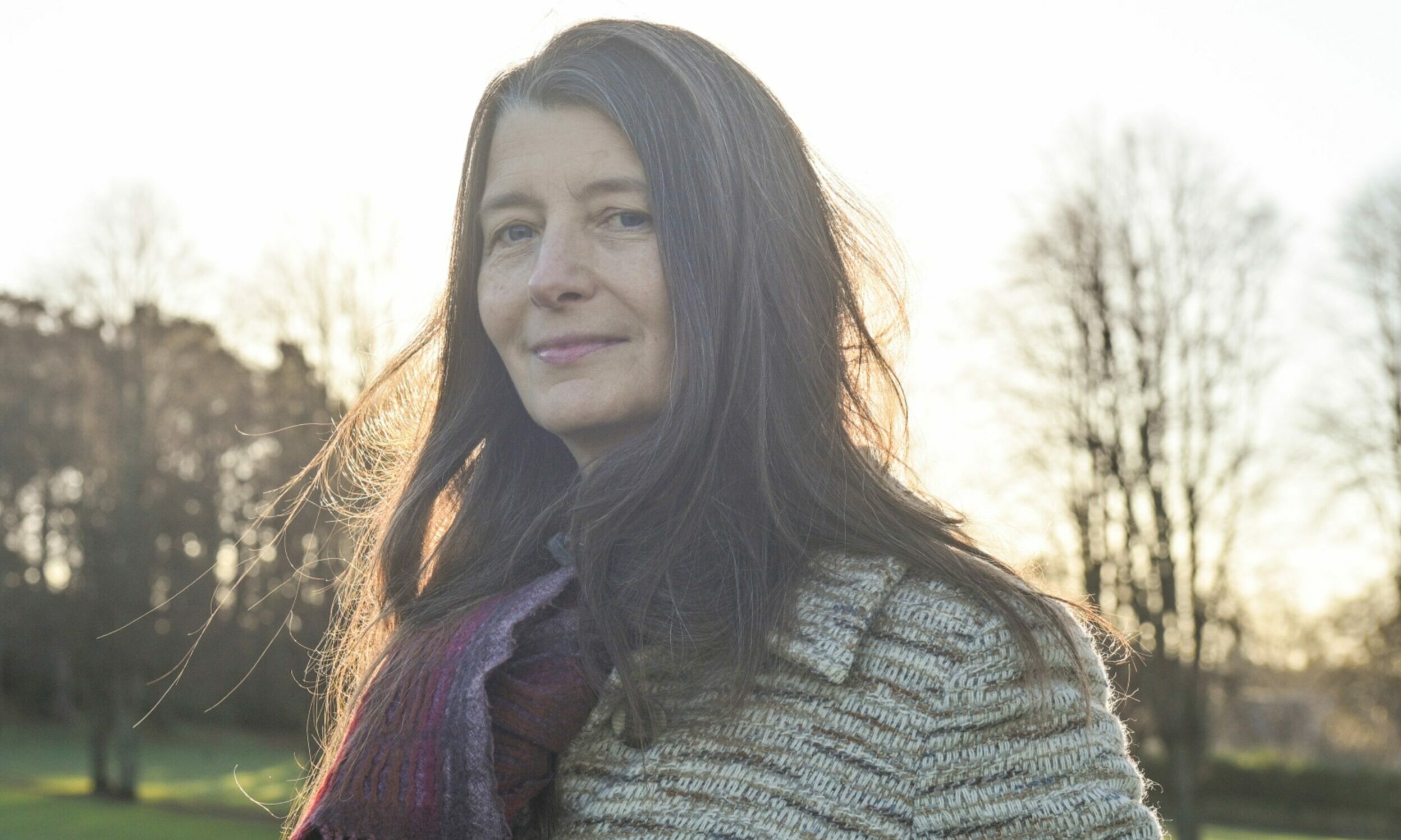
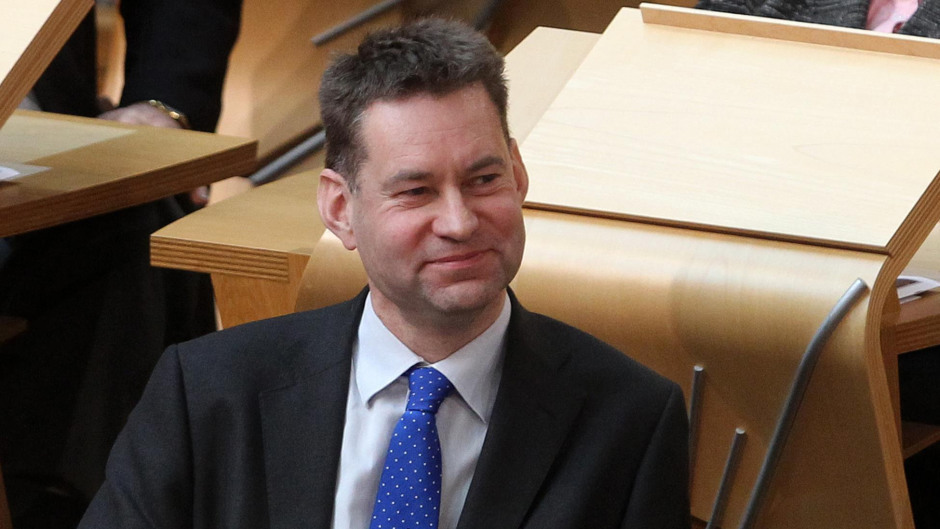
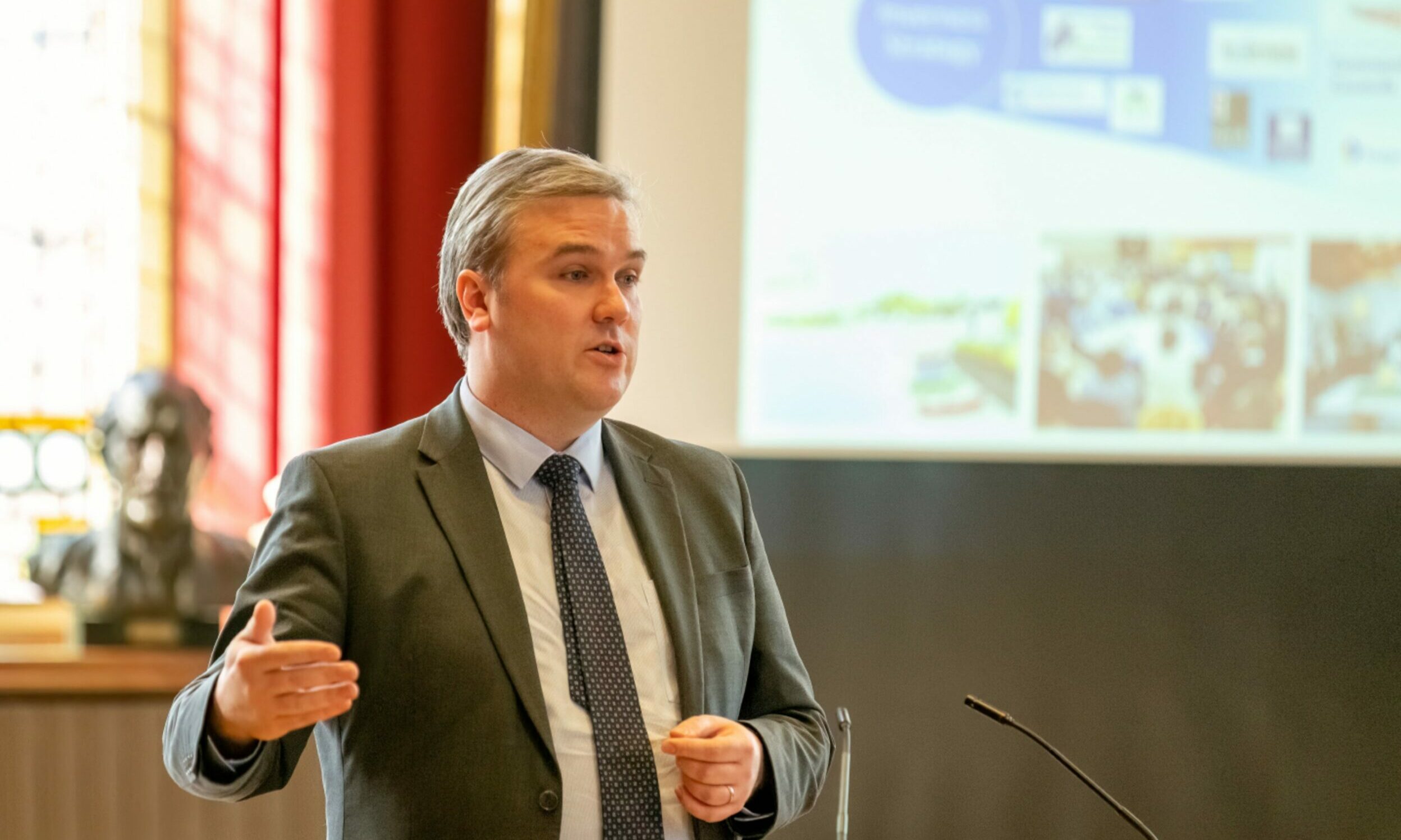
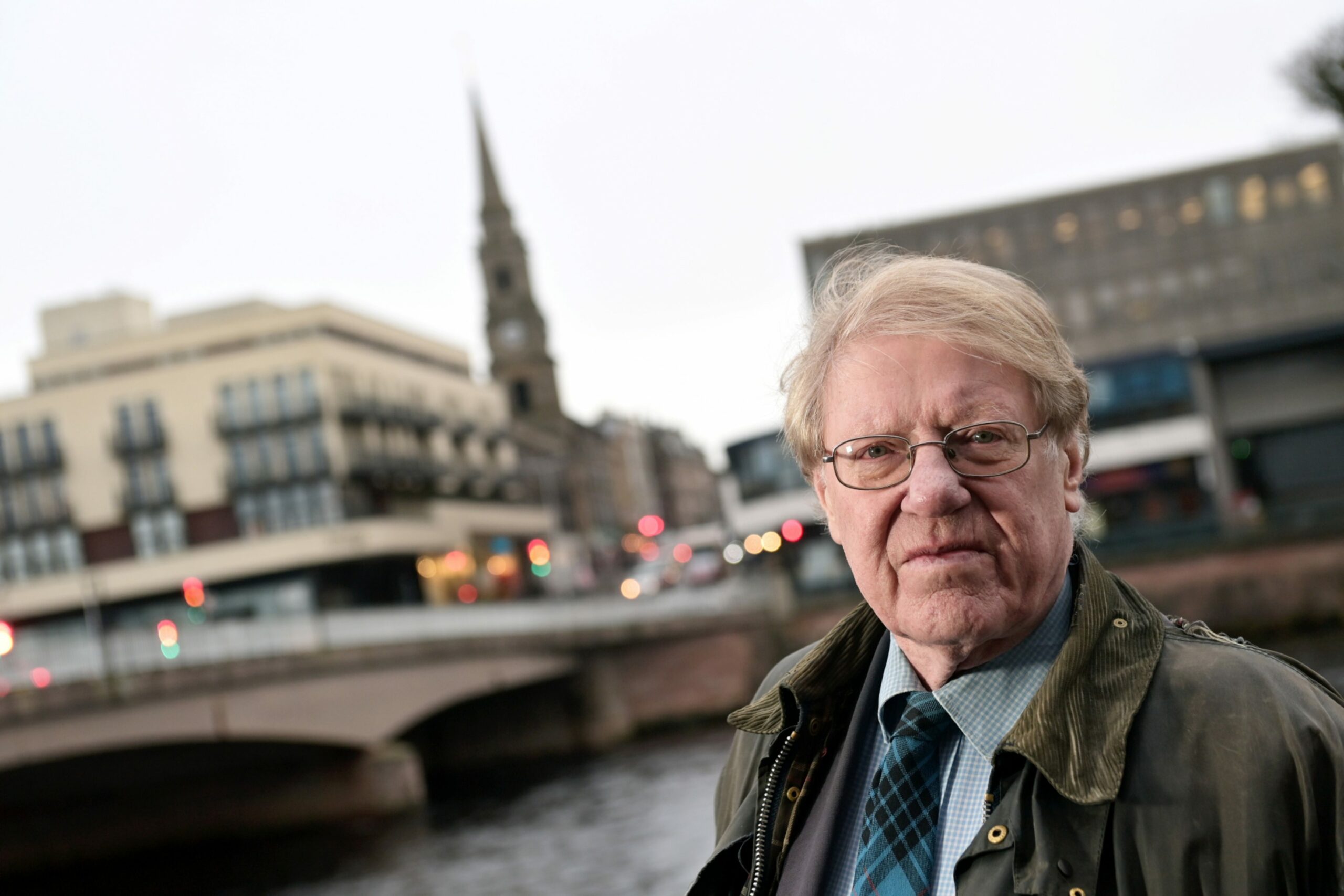
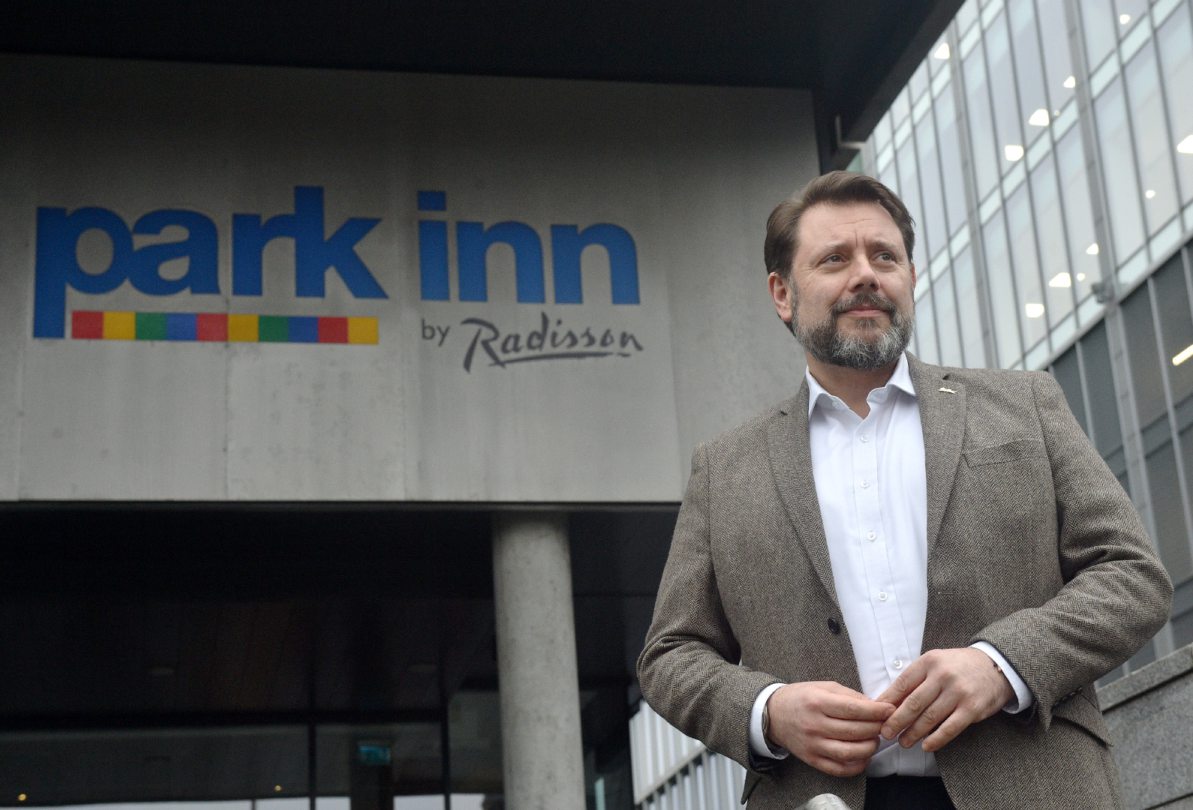
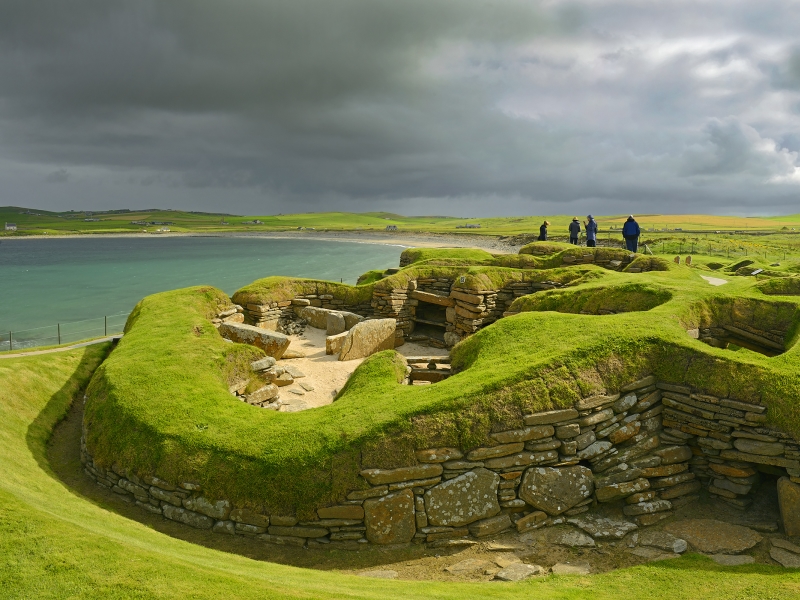
Conversation